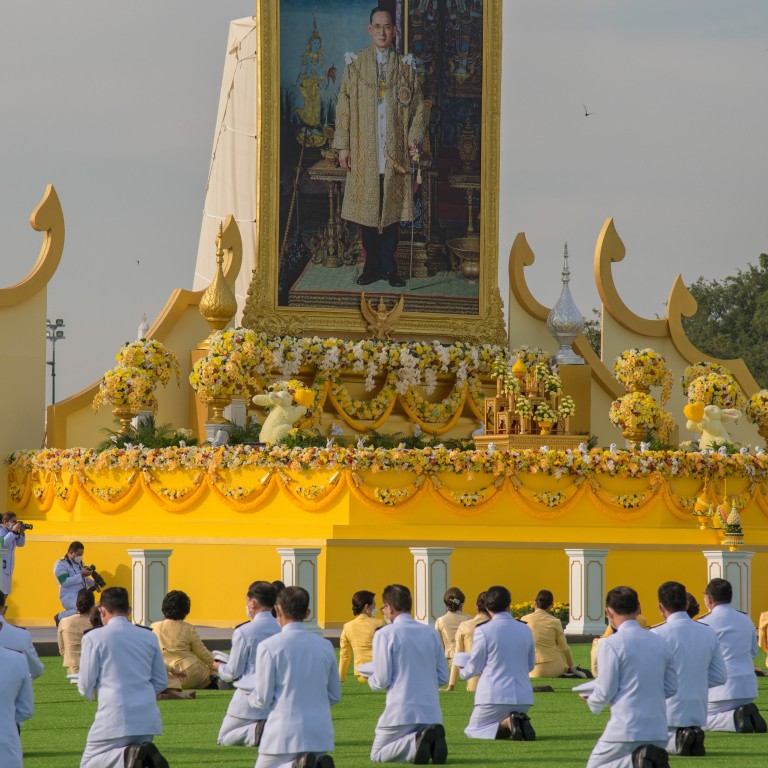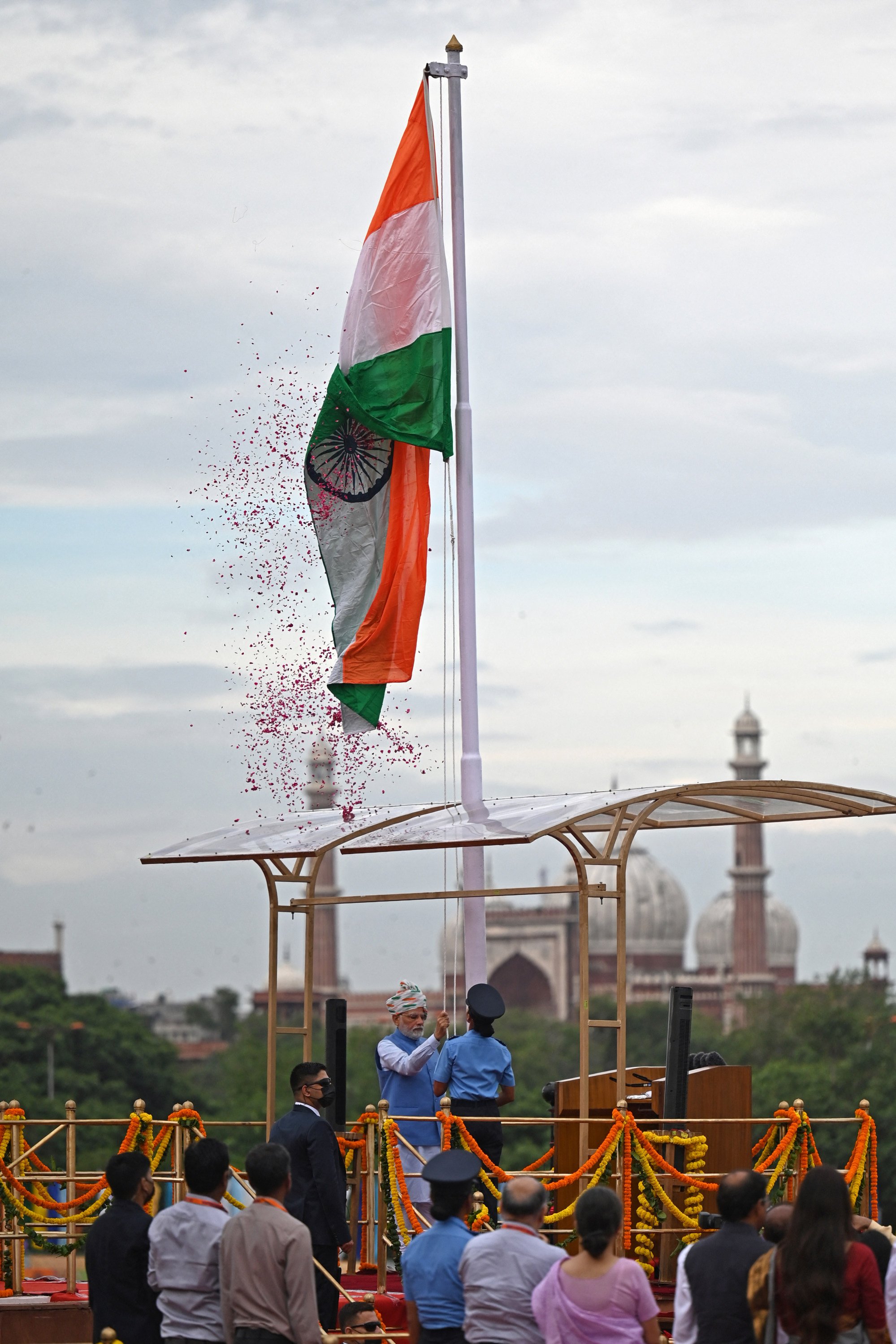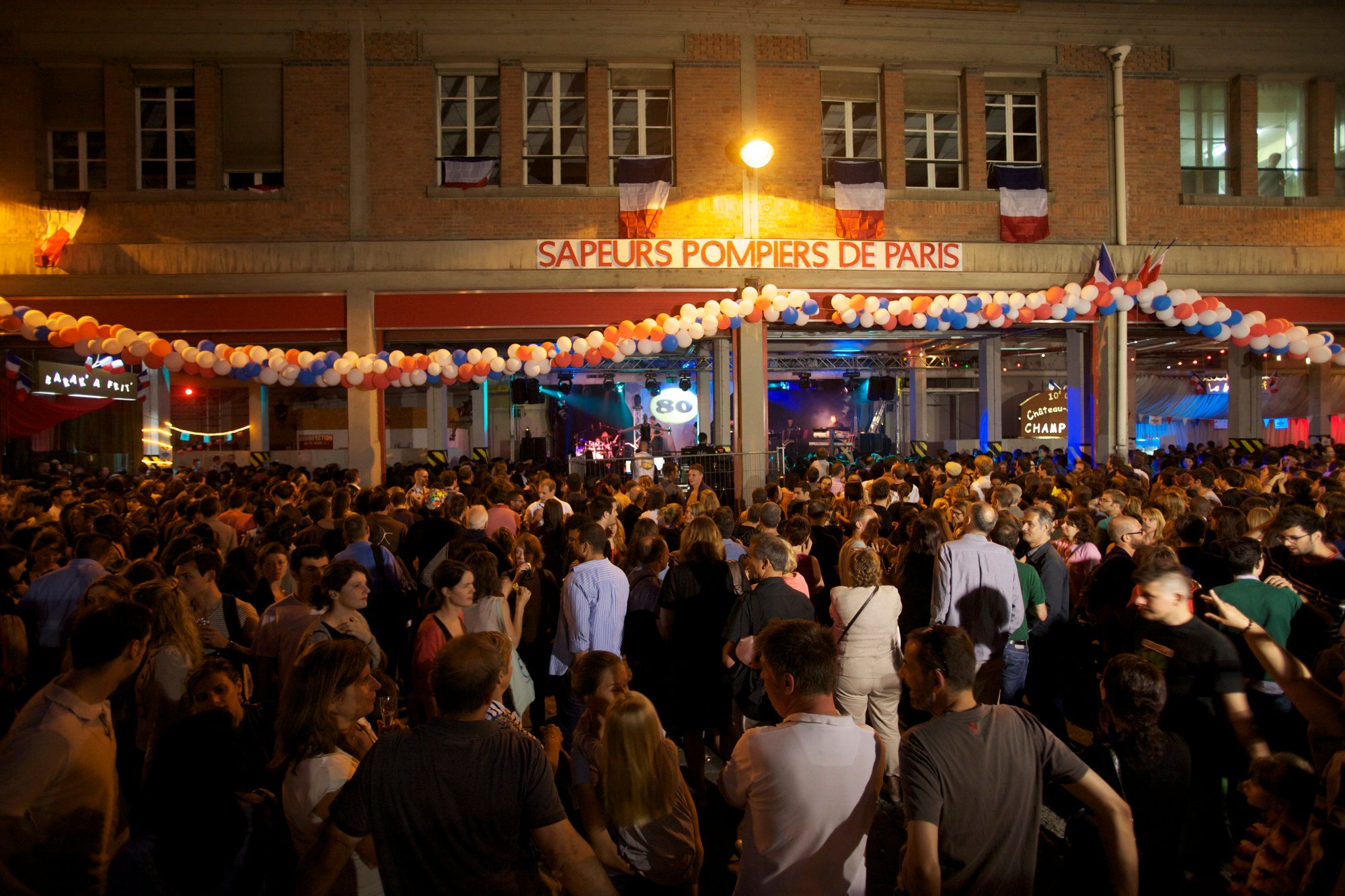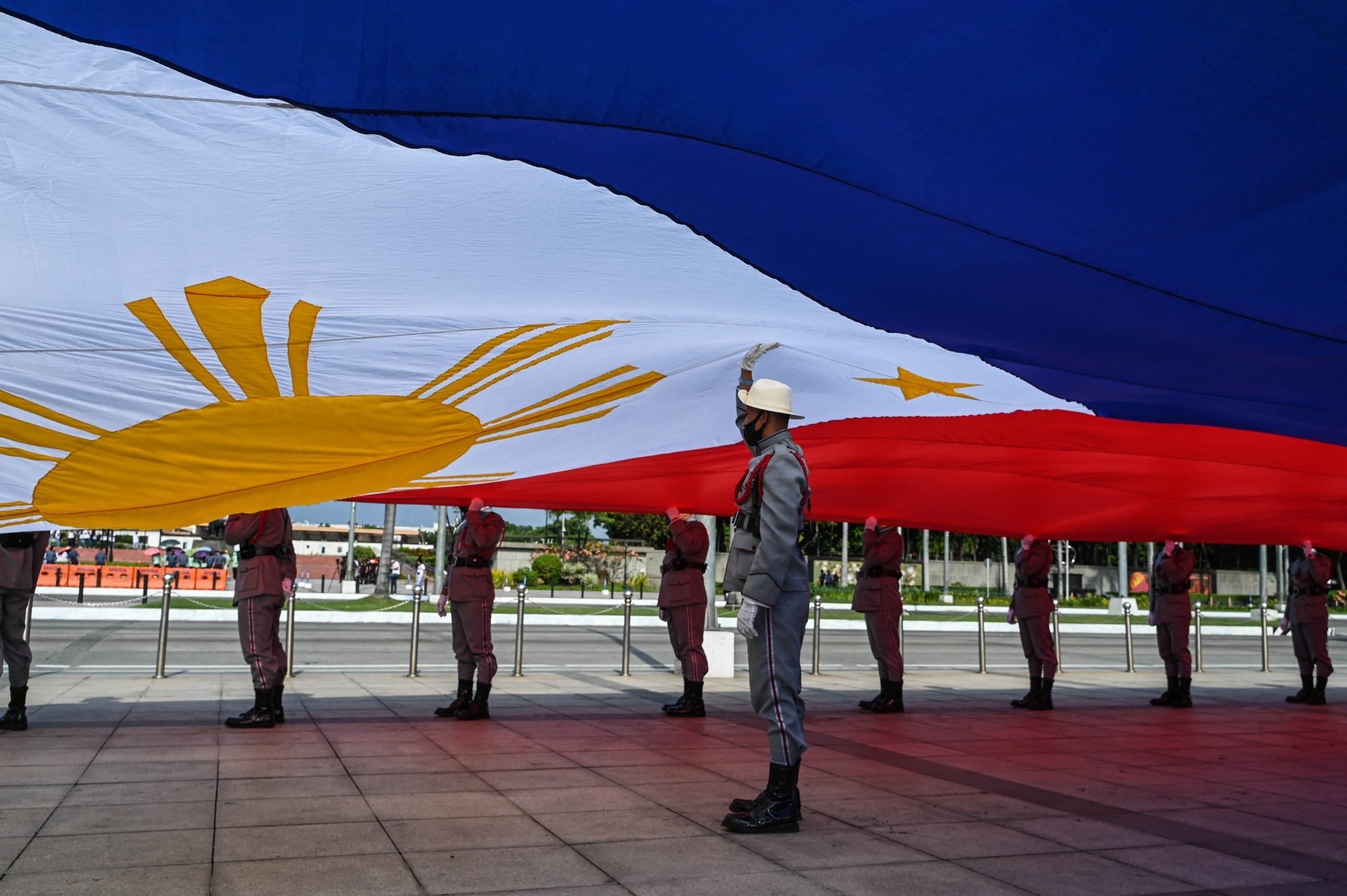
10 national days around the world and how they are celebrated, from USA’s fireworks to kites in India to flirting in France, and beyond
- China’s National Day is commemorated with parades, flag-waving and fireworks. Other countries celebrate theirs in a variety of ways, some of them quirky
- In France, firefighters’ balls are held on Bastille Day. The Liechtenstein royal family hosts a National Day garden party, and Indonesians climb poles
China’s National Day every October 1 launches a week of parades and parties, flag-waving and fireworks to commemorate the founding of the People’s Republic of China, much as other, similar dates have deep significance for nations around the world.
Here are some of the other public holidays that mark historical milestones – from declarations of independence and anniversaries of statehood, to the honouring of one beloved monarch and the overthrowing of another.
Thailand
Thailand is the only country that combines national day celebrations with Father’s Day. The Southeast Asian nation does not have an independence day, as it was never colonised, but the Thais did have a monarch whom they treated with deep reverence and admiration.
11 Hong Kong restaurants and bars from which to see National Day fireworks
Consequently, December 5 is a day for Thais to show love and respect for their own fathers, as well as honouring the late king on the anniversary of his birthday.

India and Pakistan
Each year on that day, the Indian prime minister hoists the national flag and addresses the nation from the ramparts of the Red Fort, in Delhi. The speech is followed by a military parade and, across the country, skies fill with kites as a tribute to the courageous act of protesters who, in 1927, flew kites adorned with slogans demanding that British rulers go home.
Mountbatten had not finished selecting favourable dates, however. Pragmatically killing two birds with one stone, he chose August 14 for Pakistan’s Independence Day so that he would be able to attend ceremonies in both countries.

Liechtenstein
Each year, the royal family hosts a garden party in the grounds of Vaduz Castle to which all 39,000 Liechtensteiners are invited.
After the speeches, citizens can chat to their rulers over a cold beer or a glass of wine. In the afternoon, the action moves down to Vaduz city centre, where a street fair takes place followed by a fireworks display.

France
If you fancy joining in the fun, head to the nearest fire station. Across the country firefighters open their doors and welcome the public to bals des pompiers (“firefighters’ balls”).
The lively parties are hosted by the much respected and admired first responders, who serve champagne to guests while dressed in full uniform. The music, dancing (and flirting) continues well into the small hours – if your cat gets stuck in a tree on Bastille night, you will have a long wait before it is rescued.
France is not the only country to celebrate a national holiday in July. People in at least 25 soon-to-be nations began revolutions, declared independence or held secession referendums in the often sweltering summer month.

The United States
The United States commemorates throwing off its British overlords and going it alone on July 4 each year. Hot dogs and fireworks are a given, but for a unique holiday experience head to Glacier View, Alaska.
Since 2005, the town has acknowledged America’s most important day by launching beaten up cars off a 100-metre-high cliff. The event gets bigger, and the sacrificial vehicles more numerous, every year. Well, it has got to be better than a parade.

Oman
The desert nation of Oman wisely celebrates its National Day in November rather than steaming hot July, but reserves the right to alter the date to suit public interest.
Besides the speeches and ceremonies, Omanis and tourists enjoy (gamble on) camel races and equestrian events, including the National Day Cup horse race.

Indonesia
Indonesia salutes its proclamation of independence from Dutch colonial rule on August 17 (1945). After lots of flag waving, singing and dancing, it is time for a few rounds of panjat pinang, a traditional national day game that involves teams working together to clamber up a greased pole to snatch prizes dangling from a hoop at the top.
Ironically, the activity is believed to have been introduced to Indonesia by the Dutch.

South Africa
Celebrated in South Africa on April 27, Freedom Day commemorates the end of apartheid and the hard-fought struggle that led to democratic elections in 1994. The momentous occasion symbolises unity and freedom for all citizens of the “rainbow nation”, regardless of their background.
These include Robben Island, the prison where Mandela was incarcerated for 27 years, and the Apartheid Museum in Johannesburg, which bears solemn witness to the country’s history of racial segregation.
Another popular pilgrimage site is Vilakazi Street, in the township of Soweto, the only street in the world that was home to two Nobel Peace Prize winners – Archbishop Desmond Tutu and Mandela.

The Philippines
A number of countries observe two independence days – as a result of being liberated from the Nazis and then from the Soviet Union, for example.
After more than three centuries of Spanish rule, The Philippines was ceded to the United States on June 12, 1898 and achieved full independence only on July 4, 1946.
The problem was the date of the handover meant the newborn nation shared its most significant holiday with that of its former coloniser. Since a presidential proclamation in 1962, however, Filipinos everywhere recognise June 12 as their true independence day and celebrate with – you guessed it, food, flags and fireworks.

